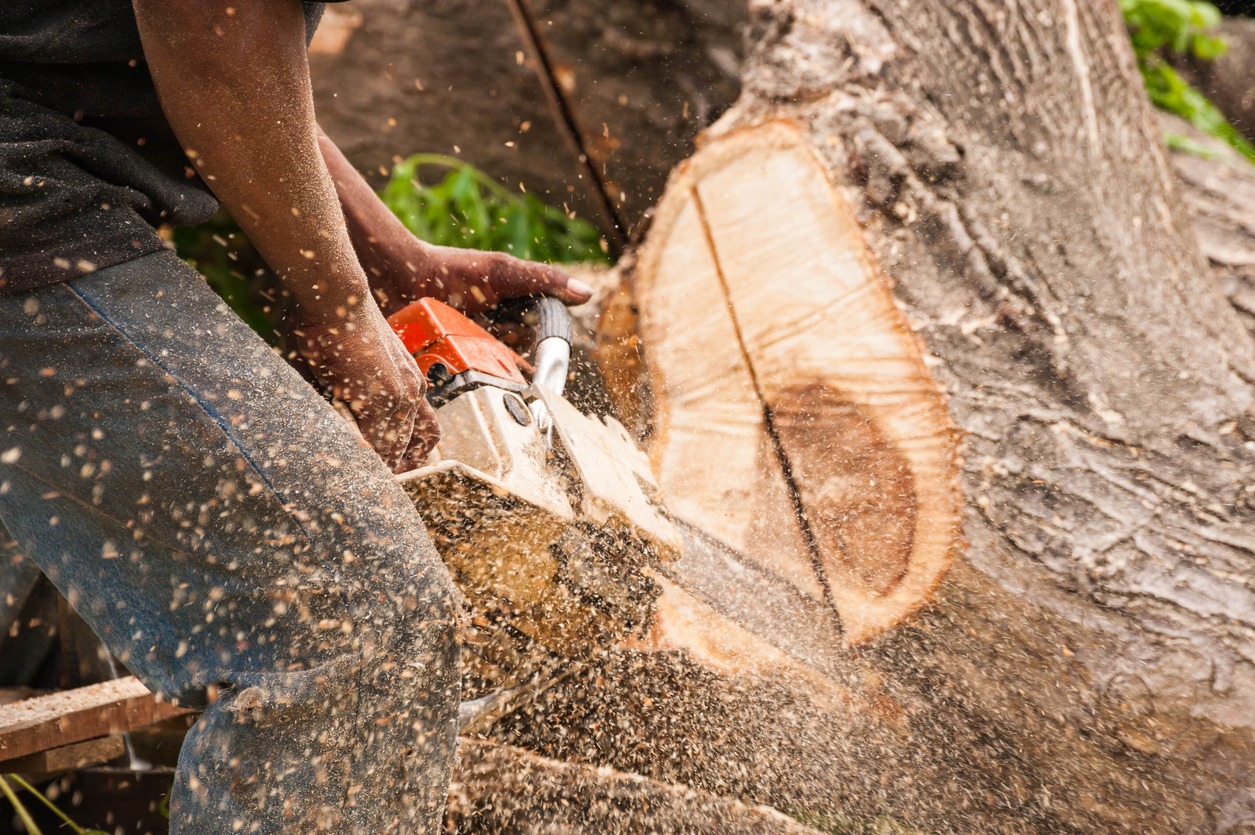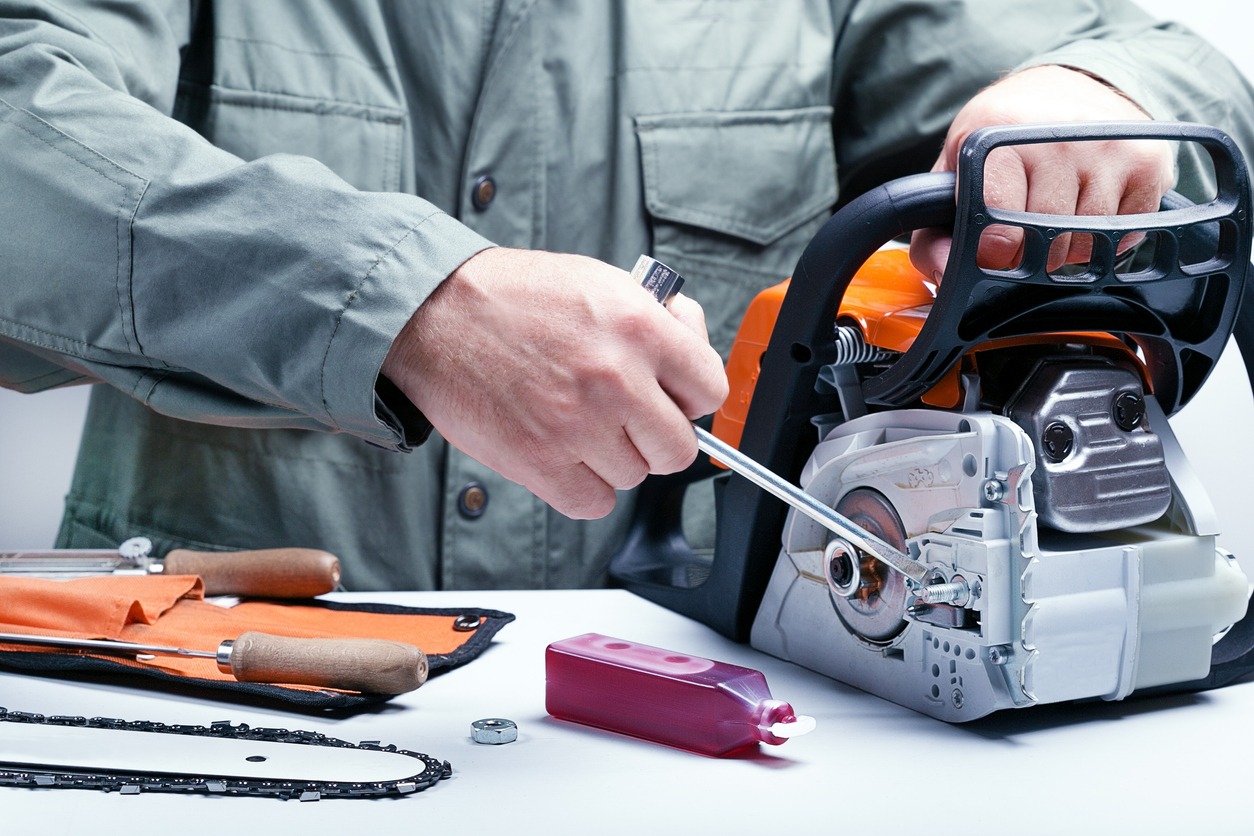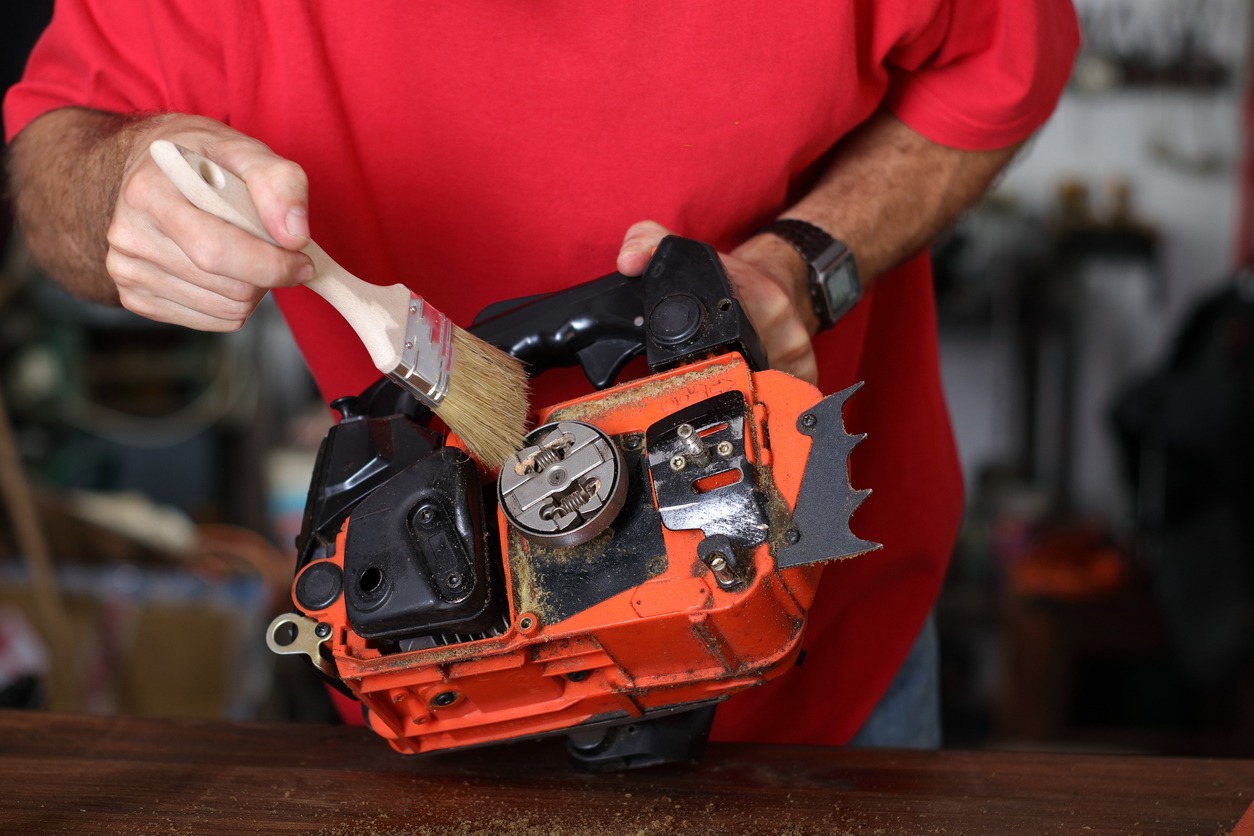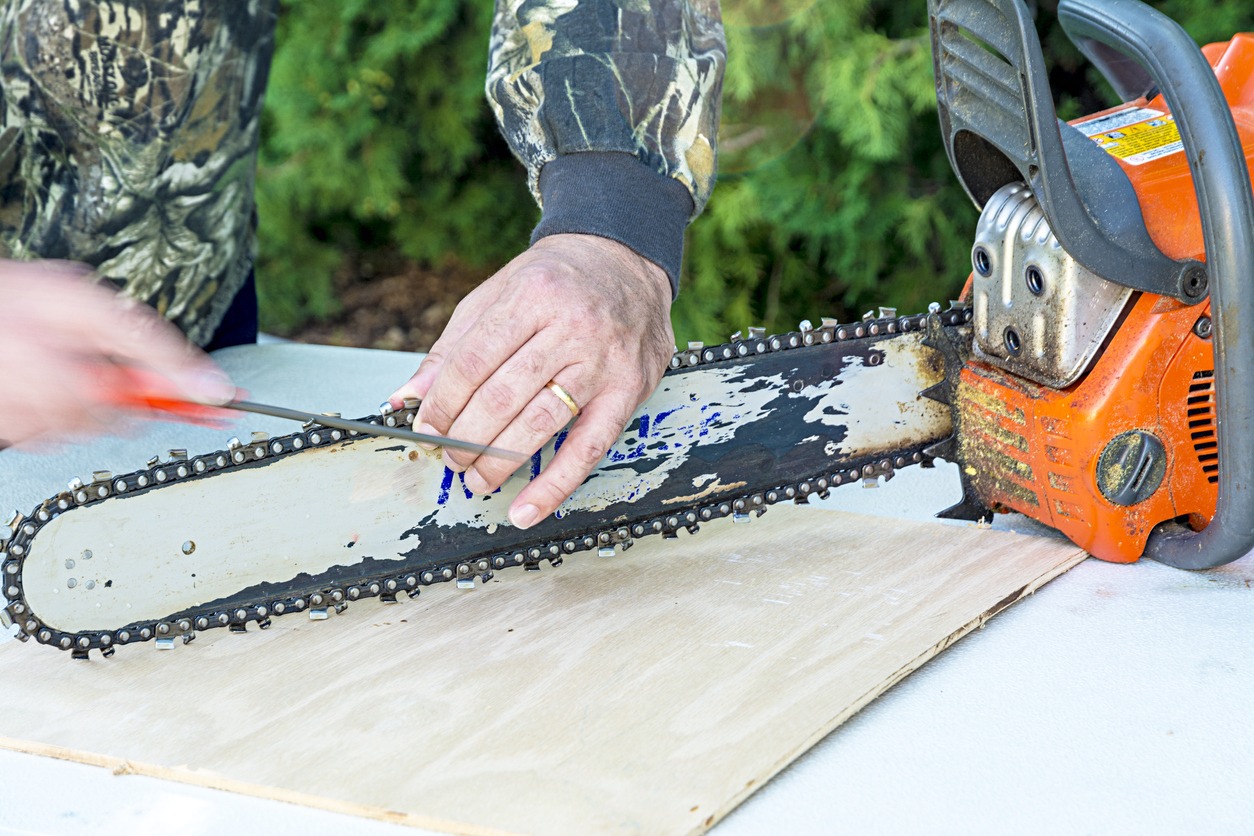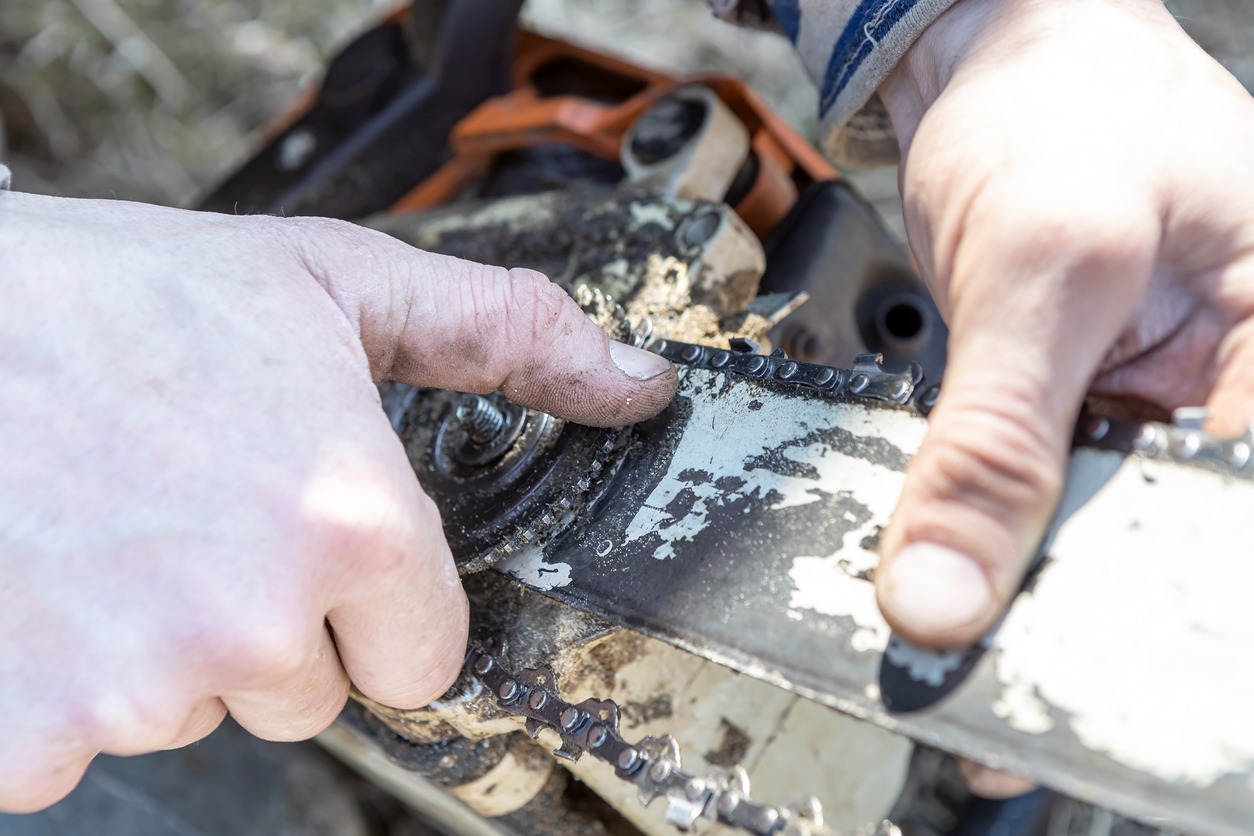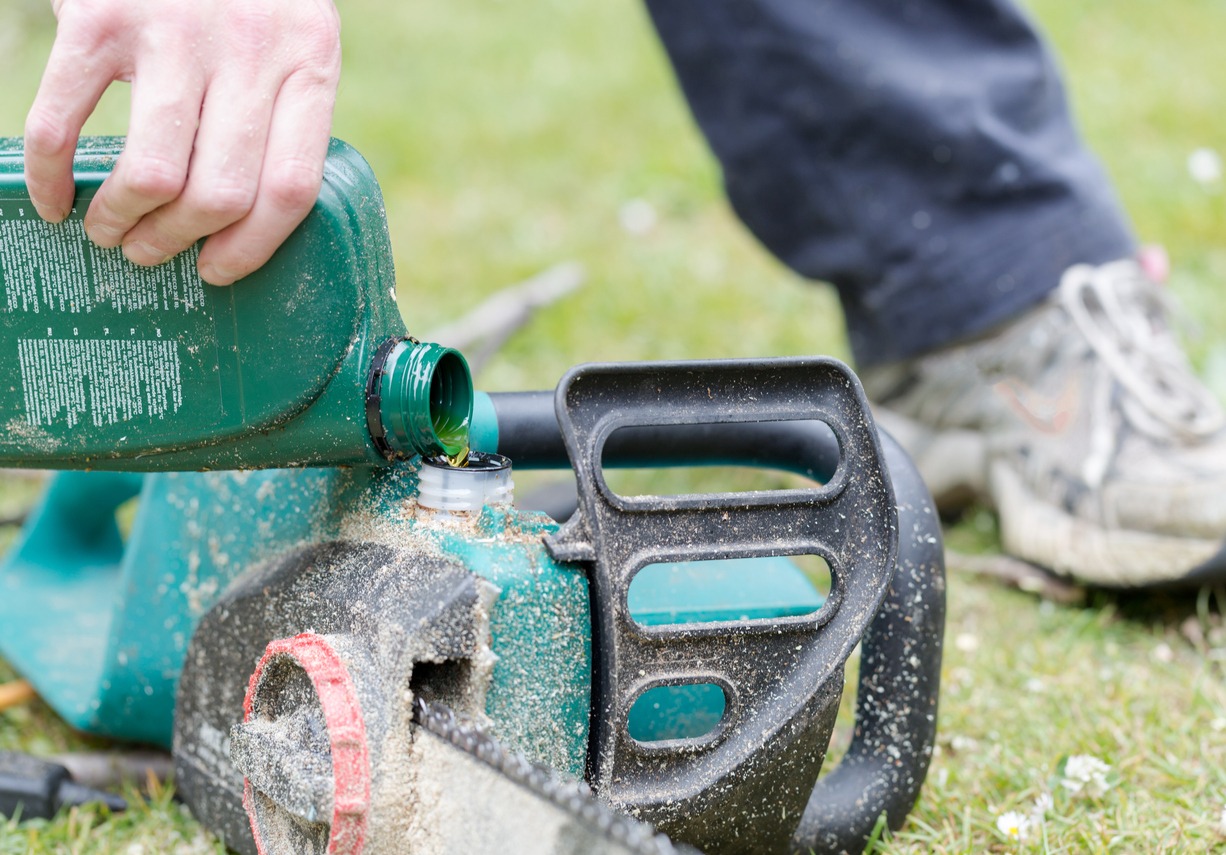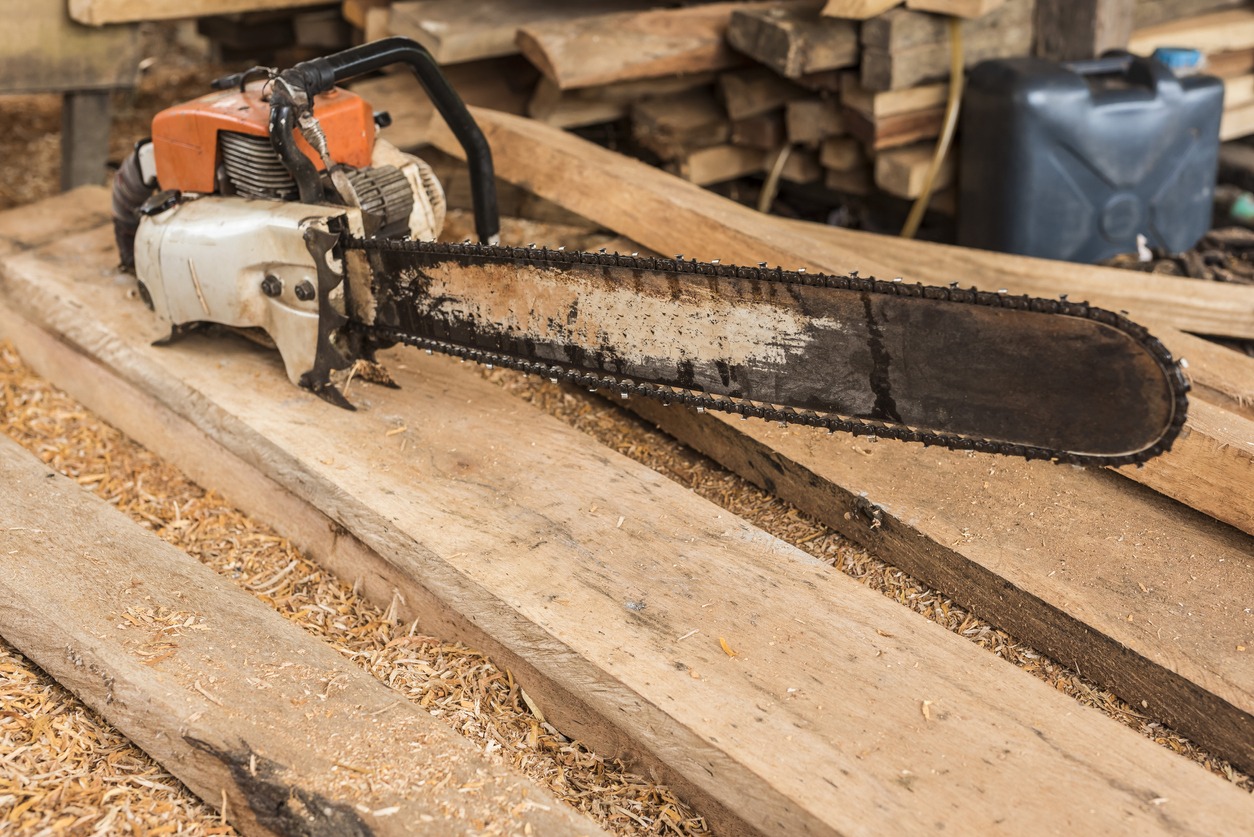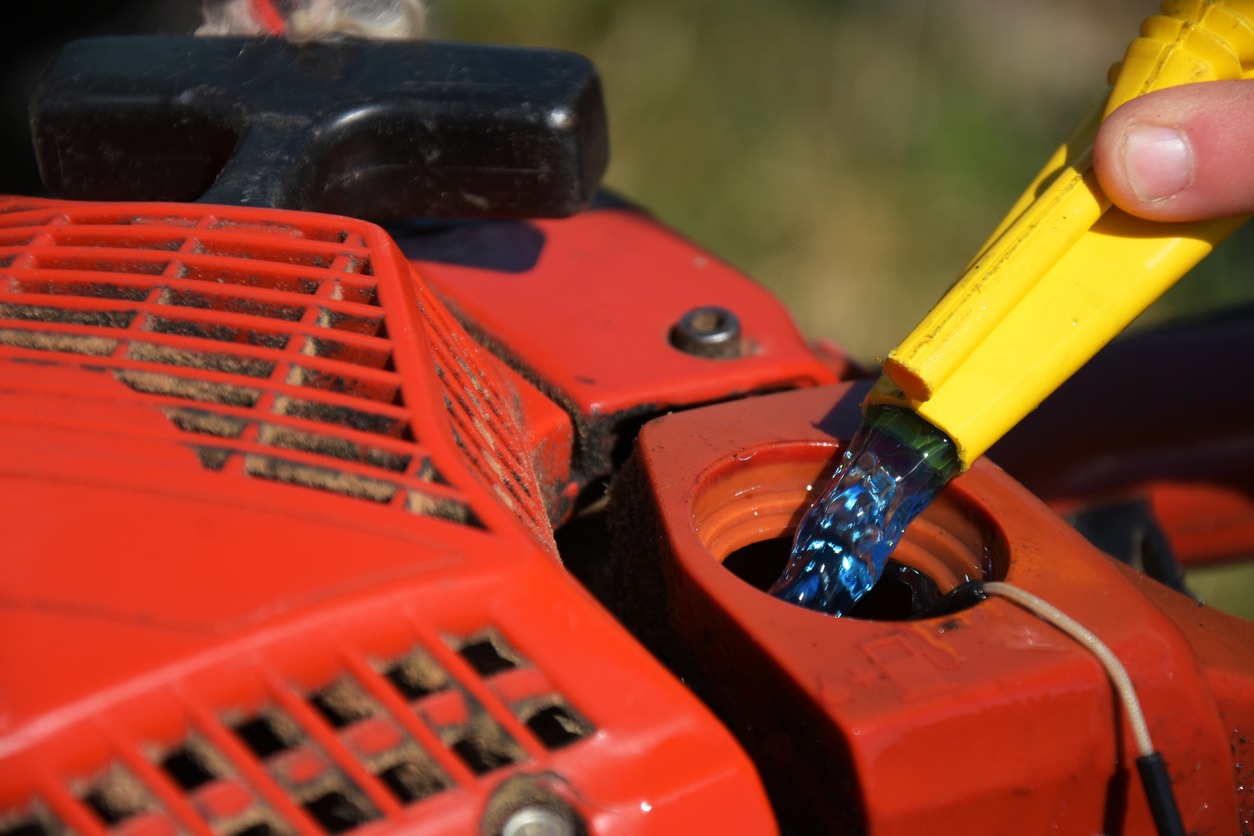A chainsaw is supposed to be a tough tool, but it still needs some maintenance and care to keep functioning smoothly. If you want to keep yours in its optimum working condition, maintaining it from time to time is imperative. This involves checking for signs of wear and damage, clearing the buildup, lubricating the moving parts, sharpening the cutting edges, and replacing anything that needs replacement on a timely basis.
Regular chainsaw maintenance not only extends its lifespan, it also ensures that the tool remains safe for you to use and performs as intended. But how to care for a chainsaw? We have curated a list of some useful chainsaw maintenance tips below.
Chainsaw Maintenance Tips
Chainsaws are useful for trimming branches, cutting firewood, and even useful in artistic pursuits. Even the highest quality chainsaw can become sluggish over time. And there is nothing more frustrating than having to work with a chainsaw that is dull or malfunctioning. It not only creates hurdles in the way of your project, but can also be dangerous and unsafe to operate, making basic chainsaw maintenance essential.
Some chainsaw maintenance tasks are universal, no matter the type or brand. But others are specific to certain chainsaws. That’s why you should always read the owner’s manual in addition to general maintenance tips. Maintenance tasks universal to most chainsaws include:
Cleaning 
One of the most important steps for maintaining a chainsaw is to keep it clean. When used regularly, chainsaws can have bits of wood, debris, tree sap and whatever else it might contact, left over on the chain and other parts. Cleaning a chainsaw involves thoroughly cleaning individual parts using specific cleaning methods.
1. Chain
The chain of is relatively easy to clean. Just take it off and soak it in diluted ammonia for about 30 minutes. Now take an old toothbrush and clean the debris out of the chain. Rinse and let it dry completely before using again.
2. Air filter
The air filter in chainsaws is usually inside a raised compartment with vents for optimum airflow. Use a screwdriver to open this area and check the air filter. If it appears dirty, clean or replace it, depending upon the type of filter. If it is a screen, use soapy water or compressed air blown opposite to its normal flow to clean it. If it is paper or foam, it’s probably time to replace it.
3. Carburetor
The carburetor can also become clogged after regular use. You can clean it by blowing compressed air (canned or generated with a compressor) through it or by using a fuel additive.
4. Other parts
When cleaning a chainsaw, you should also pay attention to its cover plate, diaphragm, and needle valves. They can also be removed and cleaned with the same diluted ammonia solution used on the chain.
5. Sharpening
A dull chainsaw cannot slice through materials properly and efficiently. It slows down your work and causes burning and buckling as you saw through wood, which can be dangerous. That’s why it is important to keep it sharp.
Most handymen consider it as the best way to sharpen a dull saw chain. While it may be slow and tedious, filing can quickly restore a blunt chainsaw back to its razor-sharp form. Here is how you can sharpen a chainsaw:
- Put on your protective gloves on otherwise, you might sustain minor cuts and nicks while sharpening a chainsaw.
- Engage the chain brake.
- Clamp the bar of the chainsaw to any work surface.
- If the chain seems loose, use the tension adjusting screw to tighten it.
- Use a permanent marker to mark the chainsaw tooth that you want to file first. They will help you avoid sharpening the same section again.
- If you have a roller file guide, place it between the rivets on the chain, with the arrows of the guide pointing towards the nose of the bar.
- Follow the angle of the tooth’s top plate; the rollers on the file guide will keep your file from going too deep in the tooth’s side plate.
- Start filing the first chainsaw tooth in steady, even strokes. Make about two to three strokes until the face of the tooth becomes shiny silver and sharp.
- After sharpening a couple of chainsaw teeth, release the chain break and rotate the chain forward to reveal more teeth to be sharpened.
- Reengage the brake and continue filing.
- Once you’re finished filing the teeth on one side of the chain, flip it round to start sharpening the teeth on its other side.
- When filing, keep the chainsaw teeth away from dirt and debris
6. Tightening
The chain in your chainsaw can also lose its tension with use. That’s why it is a good idea to check and tighten it when needed. You might also have to remove the clutch cover to access the tensioning screw. Use a wrench to loosen the bar screw holding the cover in place. Now adjust the chain’s tension by tightening the tensioning screw as you raise the tip of the bar and stretch the chain. Tighten it until it does not slack but can move freely when pulled by hand. Tighten the bar nuts again to secure it.
7. Lubrication
The next chainsaw maintenance involves oiling its chain. It needs to be sufficiently lubricated in order to move through the wood smoothly and at an appropriate speed. Oil also prevents it from overheating while in use.
You should check your owner’s manual to learn where and how to pour oil in your chainsaw and which grade of oil to use. To verify a reasonable amount of oil, hold a sheet of paper over it while revving the engine. If oil sprays onto the paper, the chain is sufficiently lubricated. If not, you need to add more oil.
8. Bar Maintenance 
The underside of the bar wears out more quickly due to contact with the chain. You should flip the guide bar to help it wear more evenly.
You should also inspect the guide bar of your chainsaw for burrs. To do so, remove the chain and run a cloth around the bar’s edge. If the cloth catches in burrs, you need to file it until the edge becomes smooth. Clean the groove regularly and keep the inlet oiled.
If you notice that the bar is no longer able to hold the drive link, or if the chain is no longer sitting straight in it, install a new guide bar.
9. Refueling
Gasoline can break down and go bad if not stored properly. It can happen fairly quickly, sometimes in as little as a month. If the gas inside the fuel tank of your chainsaw goes bad, it can clog the carburetor, making the power saw inefficient.
To prevent this from happening, always put as much fuel as you need for the task at hand. Alternatively, you can add stabilizer to the gas which prevents the fuel from breaking down for longer.
Avoid ethanol gasoline, because it separates quickly. The separated ethanol-water part of this gasoline corrodes the metal and causes clogs in the carburetor.
10. Storage
Proper storage is another important aspect of chainsaw maintenance, especially if you are putting yours away for a while. Make sure to store it in a dry, dust-free condition. Other aspects of proper chainsaw storage involve emptying the fuel tank and removing the chain and guide bar. Protect it from sunlight too as the UV rays in it can cause embrittlement.
Conclusion
Paying attention to chainsaw maintenance will enable you to get more use out of your power saw. Cleaning it to remove buildup, sharpening it when the teeth look dull, and keeping the chain snug are all important aspects of maintaining a chainsaw. You should also be particular about chainsaw storage. When putting it away for some time, be sure to dismantle it and store in a dry, shaded place. It goes without saying that you should always keep your chainsaw away from the reach of children.
